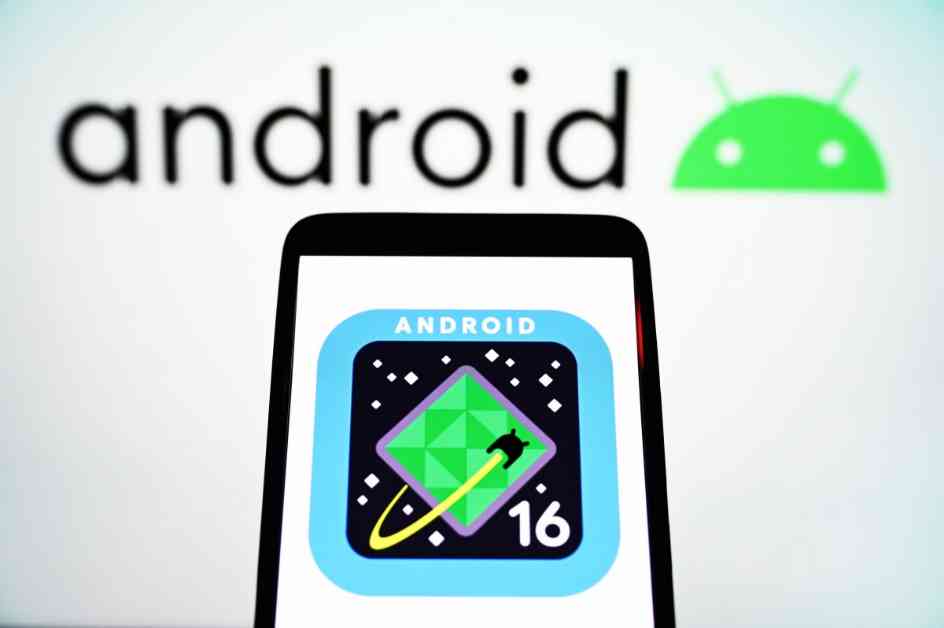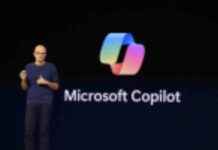Android Enhances Accessibility with Auracast Support for Hearing Aids
Google made a groundbreaking announcement on Thursday that will revolutionize the way individuals with hearing impairments experience audio broadcasts in noisy environments. The tech giant revealed that Android phones will soon support Auracast, a cutting-edge Bluetooth technology that enables a direct connection from hearing aids to audio broadcasts.
Auracast opens up a world of possibilities for individuals with compatible hearing aids and earbuds. These devices can now receive direct audio streams from various sources, such as a PA system at a bustling train station or an audio broadcast at a lively concert. What sets Auracast apart is the ability for users to apply personalized hearing aid presets to these broadcasts, ensuring a tailored listening experience that suits their unique needs.
The launch of this innovative feature is set to debut on Samsung Galaxy phones with One UI 7 and Google Pixel 9 phones running the latest Android 16 beta. To take full advantage of Auracast, users will need compatible LE Audio hearing aids, including models from reputable companies like GN Hearing and Starkey.
In addition to Auracast support, Google also introduced a convenient new feature for Pixel 9 devices. Users can now connect to broadcasts seamlessly through QR codes, eliminating the hassle of navigating through settings to access public broadcasts. This streamlined process enhances user experience and simplifies the way individuals interact with audio content in their surroundings.
The latest Android 16 beta doesn’t stop there—it brings a host of accessibility enhancements to the table. One notable feature is the ability for users with low vision to outline text, making it easier to read and navigate through digital content. Furthermore, Google has introduced Local Network Protection (LNP), a feature that empowers users to have greater control over which apps can access devices on their local network. These additions underscore Google’s commitment to inclusivity and user empowerment within the Android ecosystem.
As the tech world eagerly anticipates the release of Android 16, slated for a June launch, the integration of Auracast support represents a significant step forward in making technology more accessible and user-friendly for individuals with hearing impairments. With these innovative features and enhancements on the horizon, Android continues to lead the charge in fostering a more inclusive digital landscape for all users.
Expert Insights: The Impact of Auracast on Accessibility
Renowned audiologist Dr. Samantha Hayes emphasizes the transformative potential of Auracast in enhancing accessibility for individuals with hearing loss. “Auracast represents a major breakthrough in connectivity for the hearing impaired community,” says Dr. Hayes. “By seamlessly integrating hearing aids with audio broadcasts, Google is empowering users to engage more fully with their surroundings and enjoy a richer auditory experience.”
Empowering Users Through Innovation
The introduction of Auracast support for hearing aids underscores Google’s commitment to leveraging technology for social good. By prioritizing accessibility and user-centric design, Google is not only breaking down barriers for individuals with hearing impairments but also setting a new standard for inclusive technology in the digital age. As we look ahead to the launch of Android 16, the future of accessibility and innovation in the tech industry appears brighter than ever.
In conclusion, the integration of Auracast support for hearing aids represents a significant milestone in the ongoing quest for a more inclusive and accessible digital landscape. With Google leading the charge in prioritizing user empowerment and inclusivity, the possibilities for leveraging technology to enhance the lives of individuals with disabilities are truly limitless. Stay tuned for the official launch of Android 16 in June, as we continue to witness the transformative impact of technology on accessibility and user experience.













